6. After Yang (2021)
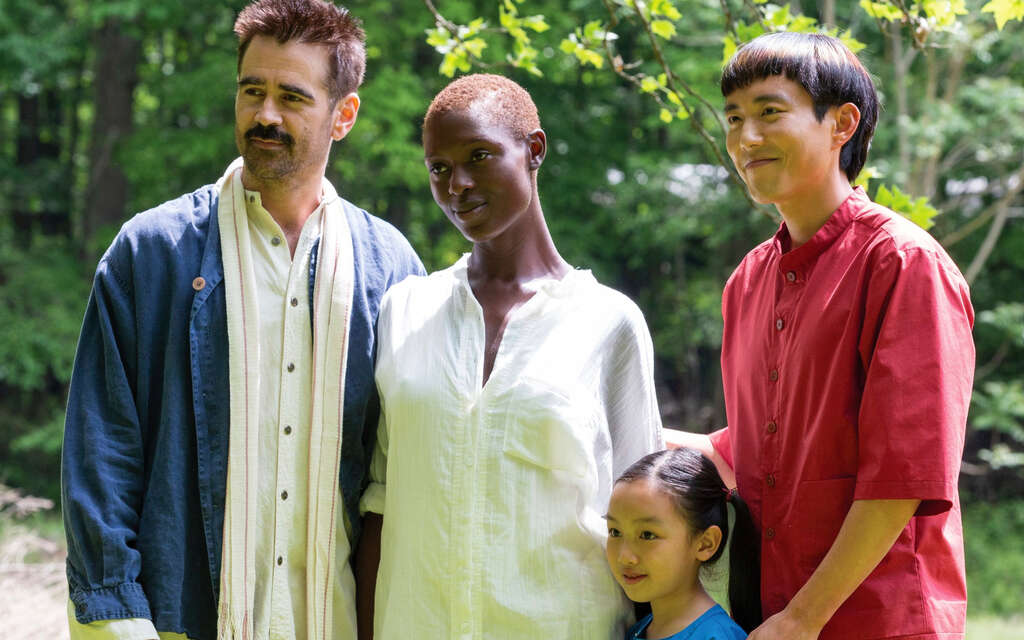
After Yang is the most recent release on the list, and has unfortunately passed under many viewers’ radars. Directed by Kogonada, first attracting attention for his stunning Columbus (2017), After Yang is set in a world in which humanoid robots are built to serve as members of human families.
One couple, Jake and Kyra (played by Colin Farrell and Jodie Turner-Smith), adopt a Chinese girl. They want her to keep in touch with her heritage, so they buy a robot from Second Siblings to serve as her older brother. The robot, Yang, stops working one day. He is faulty, as the couple have bought him from Second Siblings, a robot reseller, rather than from the actual manufacturer, Brothers & Sisters. Not wanting to lose a family member, Jake goes on a mission to repair Yang, rather than just simply replacing him — the option recommended by robot manufacturers.
During his journey to repair Yang, Jake comes to realise that there may be more to his robot than he once thought. After Yang explores memory, identity and love to ask the viewer what it means to be human.
With characteristically beautiful cinematography, Kogonada’s film presents an Asian-infused vision of America — much in the vein of Ridley Scott’s Blade Runner. Farrell and Turner-Smith both deliver powerfully subdued performances, hinting at unspoken emotional turmoil throughout the film. The film also opens on a wonderfully surprising dance sequence. Colourful and dynamic, the sequence playfully gives a broader image of the organisation of After Yang’s society.
7. Teknolust (2002)
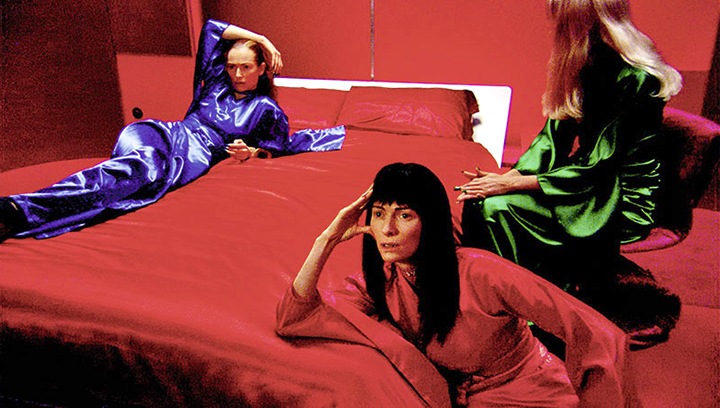
Teknolust is a sci-fi comedy directed by visual artist Lynn Hershman Leeson and starring the wonderful Tilda Swinton in four separate roles. The film follows bio-geneticist Rosetta Stone (Swinton) who creates three Self Replicating Automatons (also Swinton) with her own DNA. In order to survive, the SRAs need a frequent supply of Y chromosomes, which they obtain in the form of semen. The semen is retrieved from various anonymous men — in toilets, bars, or hotels.
After the men have been seduced, however, they realise that they are infected with a strange virus. This virus is spreading quickly, leading many men to fear the start of an epidemic.
Filmed on a $28,000 budget, Teknolust shows what can be achieved with a little budget but a kooky idea. As always, Tilda Swinton has fun with her performances, offering her delightfully left-field brand of camp.
8. La jetée (1962)
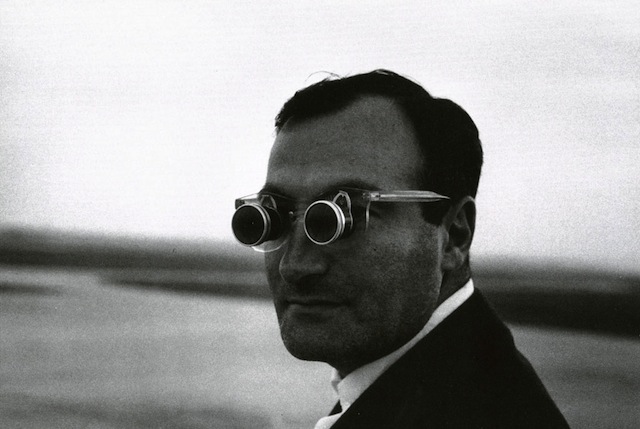
La jetée takes place in a post-apocalyptic world; World War 3 has ravaged the entire planet, rendering the surface uninhabitable. The remains of humanity are doomed to live underground, where prisoners are constantly experimented on by German doctors. These doctors attempt to send humans in the past or in the future to hopefully avoid the destruction caused by WW3.
One man, blessed with vivid powers of imagination, is chosen as the ideal candidate to travel back in time. One moment in his life obsesses him: the striking face of a woman on a jetty.
La jetée is one of photographer Chris Marker’s most beloved works. Also known for the documentary Sans Soleil (1983), Marker focuses on image and stock footage editing to craft narratives.
La jetée stands alone in this list, being a featurette (a “photo-roman” in French, meaning a photo-novel) composed virtually only from stills in black and white. Accompanying these stills are narration by Jean Negroni, as well as the haunting voices of the choir of the St Alexander Newsky Cathedral. The photos are nothing less than breath-taking in La jetée. With very little — stills, narration and sound effects — Marker creates a terrifying post-apocalyptic world.
Marker’s photo-novel is marked by the horrors of the Second World War. With images of large-scale destruction and ominous shots of malicious German doctors, Marker recalls the trauma of WW2. Faced with such destruction, Marker’s film searches for life through memory. HIs photo-novel thus explores the power of memory and imagination in perpetuating the human race and overcoming unthinkable horrors.
La jetée is placed firmly within film history. With visual echoes to Hitchcock’s Vertigo, as well as the works of Ingmar Bergman, Marker inserts his photo-novel in a rich cinematic tradition. His work has also had lasting impact on later directors, with Terry Gilliam pointing to La jetée as a major influence behind his 1995 cult classic sci-fi 12 Monkeys.
9. Another Earth (2011)
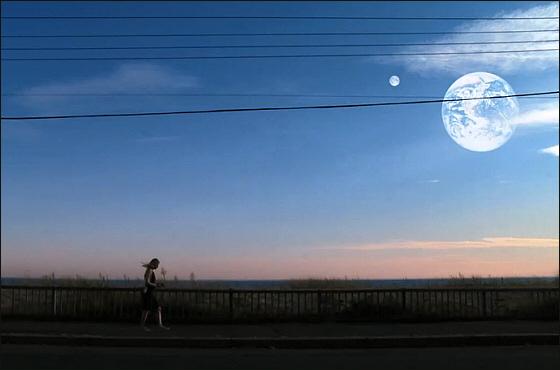
Another Earth is an independent science fiction film starring and co-written by Brit Marling, known for her starring role in the Netflix show The OA. Marling plays Rhoda Williams, an astronomy fanatic who has recently been accepted into the prestigious MIT. Celebrating her acceptance, she gets drunk and learns that a planet very similar to Earth has been discovered. She gets distracted by the story, however, and crashes into another car, killing a pregnant woman and her son, and putting the father, John, in a coma. She spends 4 years in prison, and has to learn to deal with her debilitating feelings of guilt.
The film will follow Rhoda in her journey to overcome her feelings of guilt, as the second planet, “Earth 2”, garners progressively more attention. Her relationship with John will develop over the course of the film, following John waking up from his coma.
10. 2046 (2004)
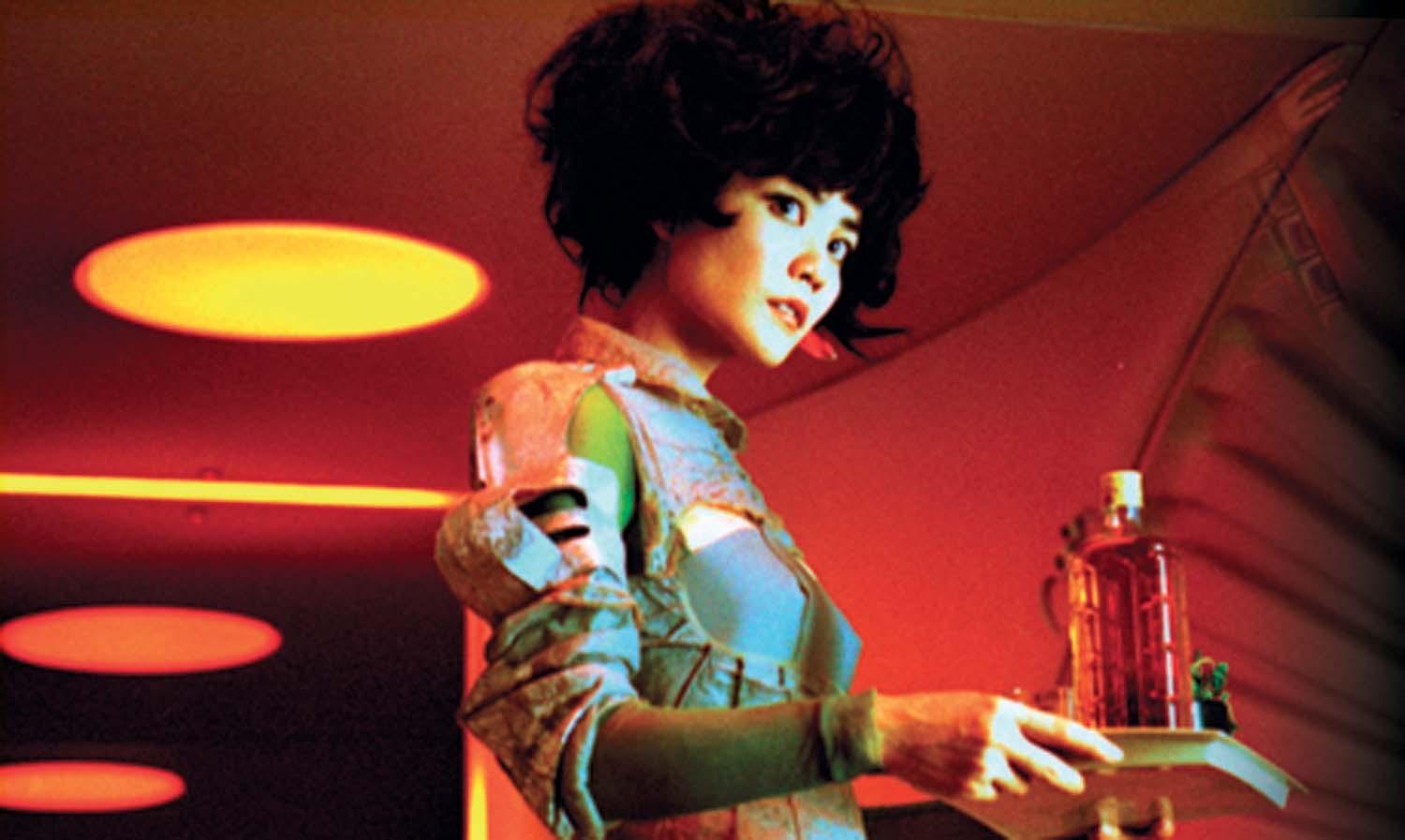
Perhaps the least “pure” sci-fi to make it on the list, 2046 follows Chow Mo Wan (Tony Leung), a sci-fi author whose current novel, 2046, is inspired by his series of unsuccessful romantic affairs. The roster of past lovers include international superstars Ziyi Zhang, Maggie Cheung, Gong Li, and Faye Wong. It’s an absolute pleasure to see them all dazzle on screen.
A loose sequel to the internationally renowned In the Mood for Love, 2046 offers a kaleidoscopic vision of romantic failures, in a dizzying mixture of past, present, and future. Unlike his previous film, 2046 is sprawling and bold in scope.
Perhaps what set this film apart on the list is its slack of an explicit political message. Whereas the other films present clear critiques of society or ponder on the nature of human existence, 2046 is much more personal, using a sci-fi backdrop to explore a man’s melancholy past.